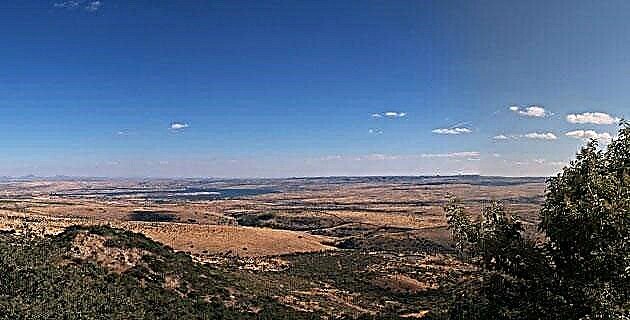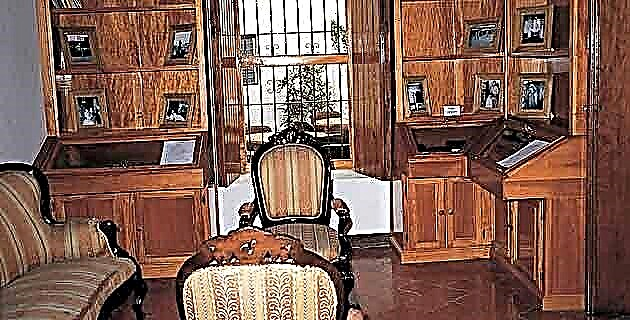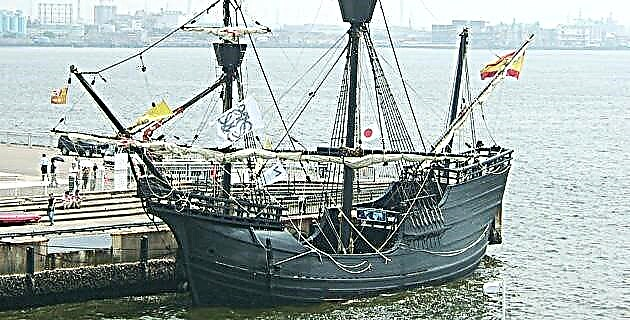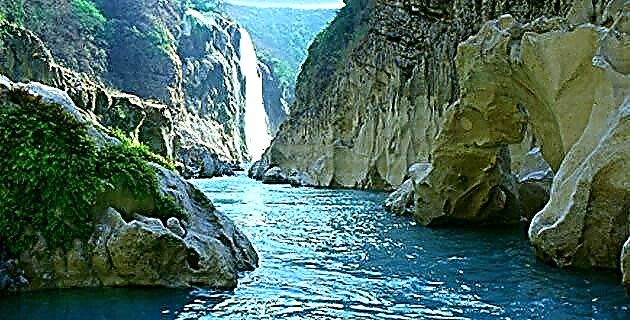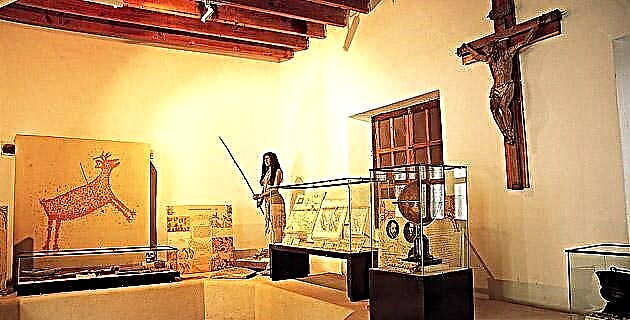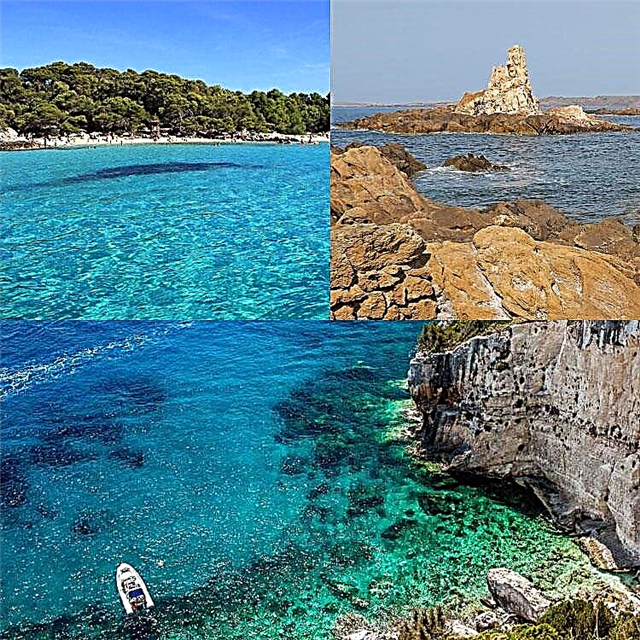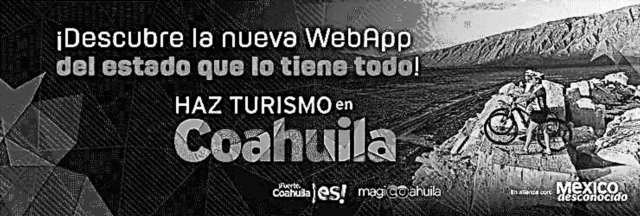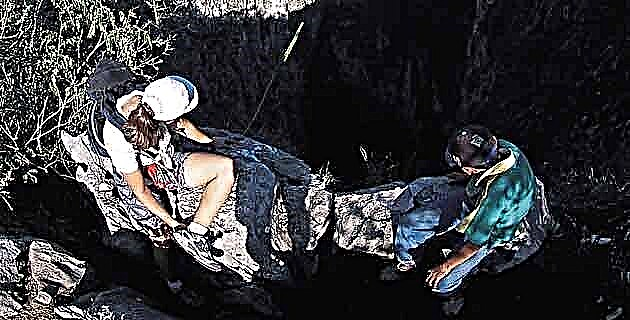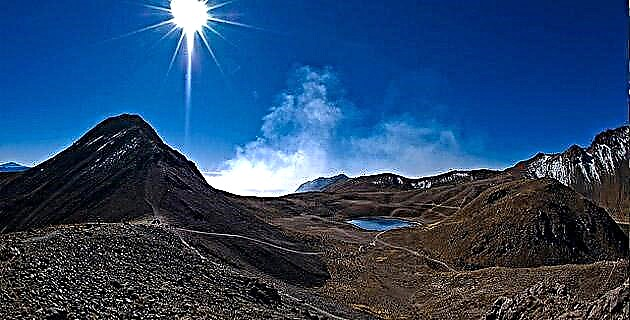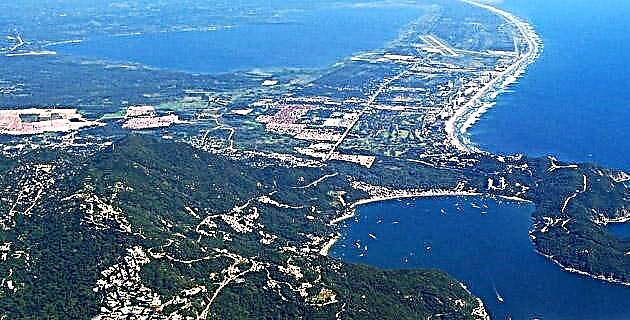
In the field of world history of the Spanish colonies in America, the leading role that, from the beginning, the Mexican territories of New Spain acquired in relation to Asia is well known.
In the field of world history of the Spanish colonies in America, the leading role that, from the beginning, the Mexican territories of New Spain acquired in relation to Asia is well known.
Speaking in this case of Acapulco as the American headquarters for Asian traffic is not an exaggeration, despite the fact that the ship from the Philippines made illegal landfall in other ports during its coastal voyage from Alta California.
Certainly, Acapulco was the second most important port of the Mexican viceroyalty and as a strategic area it fulfilled a double function, being the port of final destination for trans-Pacific trade in America and the direct link with the Philippines, since the galleon that sailed to the archipelago was the nexus of all kinds of communications between Europe-New Spain-Asia. For this reason, some clarifications are necessary to clarify the just historical dimensions of Acapulco.
The first of these concerns the official designation of the port as the only authorized center in America for the final journey of the Manila Galleon, because in October 1565 Andrés de Urdaneta arrived in Acapulco after having finally located the favorable winds that facilitated the journey of return from Manila to New Spain, although it is curious that only until 1573 was it definitively designated as the only authorized site in the viceroyalty to trade with Asia, which coincides with the regular participation of New-Hispanic merchants in the trans-Pacific trade, who feared that the articles Asians would not be in great demand in the colonies.
THE PREPONDERANCE OF ACAPULCO
Previously, the possibilities offered by other New Spain ports facing the Pacific, such as Huatulco, La Navidad, Tehuantepec and Las Salinas, had been weighed. However, in this port clash Acapulco was selected for various reasons.
From there the navigation line was shorter, practiced and known since the beginning of the conquest of the Philippines and the search for the return trip to New Spain; due to its proximity to Mexico City, since both the products originating in Asia and the administrative machinery would travel more quickly, facilitating communication with Veracruz; for the security of the bay, its great capacity and commercial dynamics with other Central and South American ports such as Realejo, Sonsonate and Callao; Likewise, the bay was inserted in a rich ecological system, which supplied products from places far from it (Mexico, Puebla and Veracruz) for the supply of the ship, repairs of the galleon, supply of the port and what was requested by the Governor General of the Philippines for maintain the Spanish presence in Asia; finally, perhaps another reason was linked to the idea that Acapulco was "the best and safest in the whole world"; however, it was only a "great commercial port" when the galleon from Asia entered it, and the opening of the famous Acapulco Fair began shortly after.
In that sense, in order not to fall into ridiculous roles, it should be noted that Acapulco was not a shipyard, rather boats were restored there, in Manzanillo Beach, on other occasions the ships were sent to El Realejo (Nicaragua) and for the century XVIII were also referred to San Blas.
The construction of the powerful trans-Pacific galleons was developed in the Philippines, using the resistant woods of the same origin, which were dragged from the interior of the jungles to the port of Cavite, where the industrious Malaysian indigenous people worked in-key commercial with planetary scope. Products shipped in Manila from Southeast Asia arrived at him; At the same time, the European products that, according to the time, came from Seville and Cádiz, to which was added the annual celebration of the expected Acapulco Fair, where merchants made the purchase. of lots of Asian merchandise. For that reason, it was a forced point of attack by the "enemies" of the crown, as pirates were called in colonial times; consequently, a permanent guard in charge of safeguarding the port was necessary.
There were two fundamental means. The first was the so-called "warning ship", detached (sent) for the first time from Acapulco in 1594 at the initiative of the Consulate of Mexico City, as a result of the capture of the Galleon Santa Ana in 1587 in Cabo San Lucas by by Thomas Cavendish. The purpose of this small boat was, as its name implies, to warn the galleon coming from the Philippines of the proximity of the "enemies", in order for the ship to avoid a possible attack; it also had to take care of the port movement. The second defensive means was the castle of San Diego, whose construction was not immediate, and among the reasons that could explain the delay in its construction are that at the beginning of the 17th century the fortress was not a priority in the Pacific Ocean.
Above this defensive means, the recruitment of soldiers to protect the galleons prevailed, as it was thought that the remoteness, ignorance and the terrible journey from Europe to the Pacific Ocean could keep the Port of Acapulco isolated from foreign attacks.
For the time the defensive means of Acapulco were provisional, it only had improvised trenches and a redoubt similar to a medieval fortress.
THE CASTLE OF SAN DIEGO AND THE PIRATES
But the reality far exceeded the thinking of the New Spanish authorities, because in October 1615 Voris van Spielbergen entered the Bay of Acapulco, having an unusual relationship, since the Dutchman, short of provisions, managed to barter some Spanish prisoners he was carrying I get for fresh food. For the time the defensive means of Acapulco were provisional, it only had improvised trenches and a redoubt similar to a medieval fortress.
In effect, the mass hysteria caused by the arrival of the Protestant “enemies” and the possible capture of another galleon marked the immediate origin of the imperative of the fortress of San Diego, therefore, the viceroy of New Spain, Marqués de Guadalcázar , commissioned the construction of another redoubt to the engineer Adrián Boot, responsible at that time for the drainage works in Mexico City. However, Boot rejected the proposal due to its insufficiency and smallness, for this reason he sent a fortification project that consisted of five bastioned knights, that is, five towers that joined with projections result in the pentagonal shape.
Unfortunately this idea was still consulted in a meeting held on December 4, 1615 to try to reach an agreement, insisting on its viability. The budget for the construction of the castle was estimated at 100,000 pesos, of which a percentage had to be invested in going down and equalizing El Morro, the hill where the fort was built.
At the beginning of 1616 the works to build the fortress had not yet begun, meanwhile the new news brought to New Spain informed about the presence of five ships that were trying to cross the Strait of Magellan. Once again, port security became a priority, since the troubles experienced years ago should not become recurring events. All this tangle of worries motivated that Boot's suggestion was finally accepted by a royal decree of May 25, 1616.
The construction of the castle of San Diego lasted from the end of 1616 until April 15, 1617. The new fortification had one task, to prevent pirate attacks in the port. The building was characterized, at first, for being “a primitive irregular structure raised on great unevenness in the ground, and marked out by knights instead of bastions. He had five bonnets and his figure was far from regular ”. The 1776 earthquake significantly damaged the fortification, consequently the plan was redrawn and finished in 1783.
Indeed, the enemy incursions generated considerable war expenses, so after Spielbergen's departure from Acapulco, the viceroy of New Spain projected for six years a special tax of 2% on all merchandise that entered the port, so When "the work of the Acapulco force was founded, one percent perpetual was charged for its building to the Philippine trade and not temporary while the work lasted."
It is clear that the Mexican viceroyalty, with Acapulco, was at the center of the scene. The galleons set sail for the Philippines in late March to reach Manila three months later if safe navigation was carried out, with favorable winds, without having run into any enemy ship, without sinking or running aground and without getting lost. The return to New Spain was more complicated and took longer, between 7 and 8 months, because the ship was packed with authorized goods in addition to the usual contraband, which prevented it from traveling quickly. In March, anchors were also raised from Manila to line the prows to America, and using the prevailing winds in Southeast Asia, the monsoons, the ship took 30 to 60 days as it crossed the Philippine Inland Sea to reach the Strait of San Bernardino (between Luzón and Samar), in order to reach the parallel of Japan, making the trip towards New Spain, until he reached Alta California, from where he coasted the Pacific coast in order to enter Acapulco.
LOADS, PEOPLE AND CUSTOMS
In short, it is well known that ships from the Philippines transported that group of goods that were in great demand in America: silks, artistic and decorative objects, furniture, marquetry, porcelain, earthenware, cotton fabrics, storages, wax, gold, etc. etc. The so-called “Chinese Indians”, slaves and servants of Asian origin also arrived at the Port of Acapulco; and cultural manifestations, some of which are currently part of Mexican folklore are the cockfight of Malay descent, the name of drinks such as Tuba, of Philippine origin, whose designation still exists in Acapulco and Colima, and words like Parián, which it was the destined place in the Philippines for the Chinese community to live and trade.
Stationery, lead, silver, jerguettes, wine, vinegar, etc. were loaded into the Acapulco galleons to meet the needs of the Spanish civil, religious and military population living in Asia; Soldiers also traveled, among whom were convicted and accused of different crimes such as homosexuality, bigamy and witchcraft, who defended the Asian colony from the Dutch, English, Japanese and Muslim raids on the Mindanao and Joló islands; Likewise, these ships transported correspondence between the peninsular, New Spain and Philippine authorities.
In fact, the interesting, curious and fruitful Europe-New Spain-Asia relationship was possible thanks to the galleons that plowed through the wide sea between one end of the Pacific Ocean, with Acapulco and Manila leading the way as final destination ports of the circuit. transpacific and direct world communication links for the then powerful Spanish empire.
Source: Mexico in Time # 25 July / August 1998

